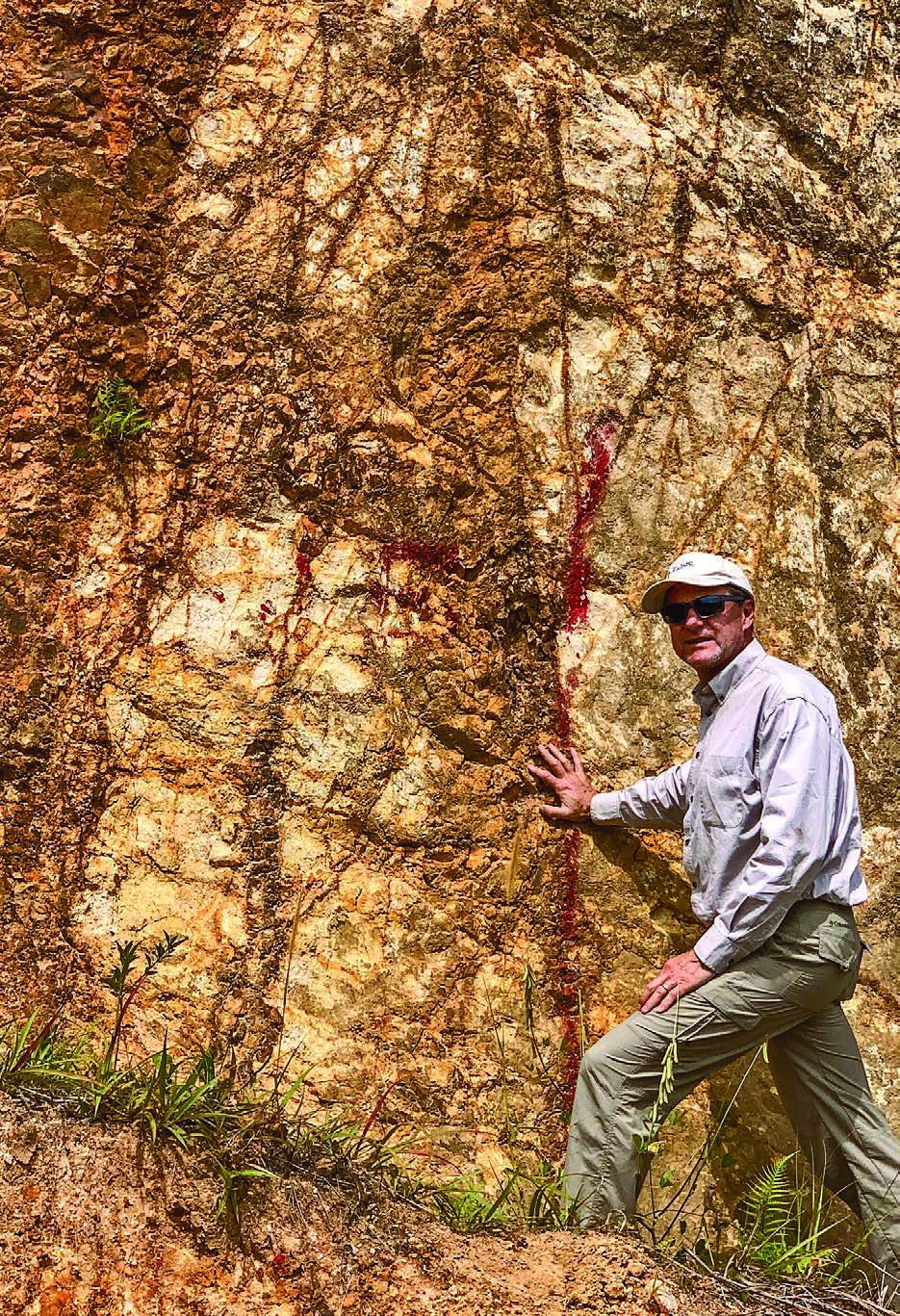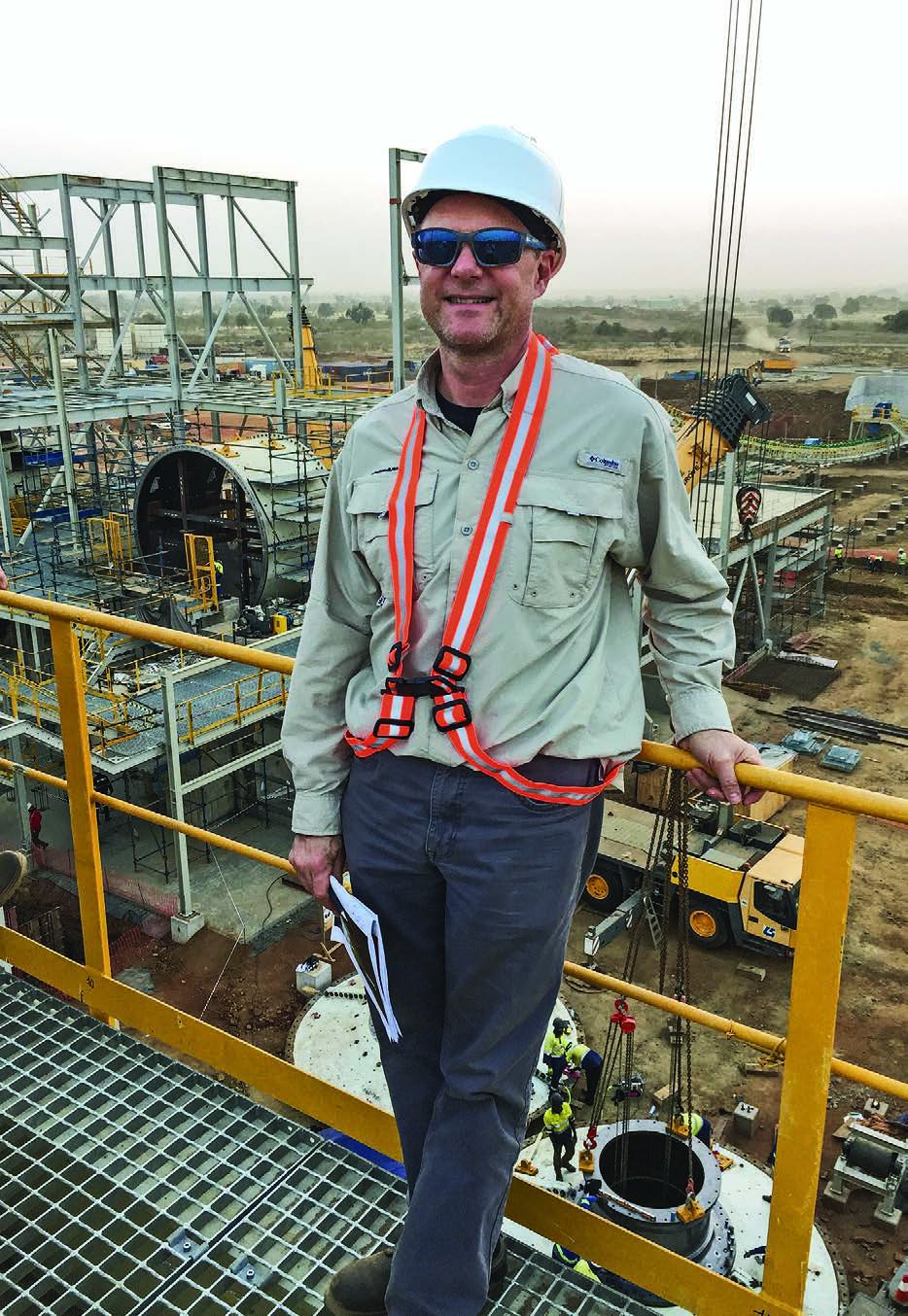Michael Gray recalls one of his first site visits as a mining analyst. It was mid-2005 and Virginia Gold was pulling high-grade gold over significant widths from the Éléonore project in the James Bay region of Quebec.
When he examined the drill core, Gray recognized that the deposit’s replacement style gold mineralization characterized by k-feldspar and tourmaline alteration placed Éléonore in the Hemlo family of deposits with the potential for a multimillion-ounce resource.
Bravely bucking analyst consensus of $7 to $9 per share, he issued a buy recommendation for Virginia Gold with a target of $13.65 per share on behalf of investment dealer PI Financial. Shortly thereafter, Goldcorp purchased Virginia for about $500 million or $13 per share (including the value of the spinoff company, Virginia Mines). Éléonore is now producing more than 350,000 ounces of gold per year for Newmont Goldcorp over a 10-year projected mine life.
This ability to recognize high-quality deposits during the exploration stage is what makes Gray, 58, one of the top small-cap mining equity research analysts in Canada. The former head of Canadian mining equity research for Australia’s Macquarie Group is currently using his skills as a partner at Vancouver-based Agentis Capital to ferret out projects that stand a good chance of becoming mines.

His main criteria for determining what makes a tier one deposit are: a system footprint large enough to support a 15-year mine life; a grade potential high enough to put the deposit in the lower half of the cost curve; and production potential – in the case of gold deposits, of at least 300,000 ounces gold equivalent per year.
Gray’s acumen is partly genetic. His father was one of the first in British Columbia to use discounted cash flow models to evaluate forest assets for New Zealand-based Fletcher Challenge. His family discussed financial analysis around the dinner table the way others might talk about politics.
With his aptitude for numbers, Gray decided to pursue an engineering degree. But after discovering he didn’t like physics and wasn’t much good at it, his love of the outdoors drew him to the more “interpretive science” of geology.
He graduated with a BSc in geology from the University of British Columbia, then worked for Minnova Corp. on Vancouver Island where he met renowned physical volcanologist and VMS (volcanogenic massive sulphide) explorer Harold Gibson. Gibson encouraged Gray to move east to Sudbury, Ont., “to gain Canadian Shield experience” with Falconbridge Ltd., then to pursue a master’s degree in economic geology under his supervision at Laurentian University in Sudbury. It was a “critical” turning point for Gray because it allowed the B.C. boy to develop familiarity with the Archean rocks that host so many of Canada’s mineral deposits.

After a short stint as a senior geologist for Lac Minerals, Gray went on to co-found Rubicon Minerals with Garfield McVeigh and David Adamson to explore the Red Lake camp of northwestern Ontario in 1996. “It was intoxicating for us to be building something from the ground up,” he says. “At a time when the rest of the sector was exploring in Asia and other emerging countries, we were leveraging our experience in North America, specifically Canada.” Another pivotal year for Gray was 2004, when Rubicon discovered the high-grade Phoenix gold zone and Gray was elected president of AME, then known as the B.C. & Yukon Chamber of Mines. (He served a total of six years on the association’s executive committee.) Gray left Rubicon a year later when the company embarked on a reorganization, and he joined PI Financial. “I didn’t realize it at the time, but my AME experience would give me exposure to a great board of directors with years of experience. That was important from a mentorship point of view.”
During that period of Gray’s career, B.C. and the mining sector were just beginning to address First Nations consultation issues, treaty title and the corresponding land-use planning decisions. It took years for the province to move forward, but Gray believes revenue sharing with First Nations groups – particularly the Tahltan First Nation in the Golden Triangle – has made all the difference.
He now covers a number of B.C.-based companies, up from zero a couple of years ago. One is GT Gold, owner of the Tatogga property in the Golden Triangle where widespread vein and porphyry mineralization recently attracted an $8.3 million strategic investment from Newmont Goldcorp.
Gray’s advice for junior companies struggling to attract the attention of capital markets is to persevere, taking advantage of financing windows while at the same time being disciplined about capital structure. “There are many geologists out here who are very good at recognizing potential tier one deposits at an early stage. The key to me is having high conviction and effectively conveying it as an investment thesis to the market.”
